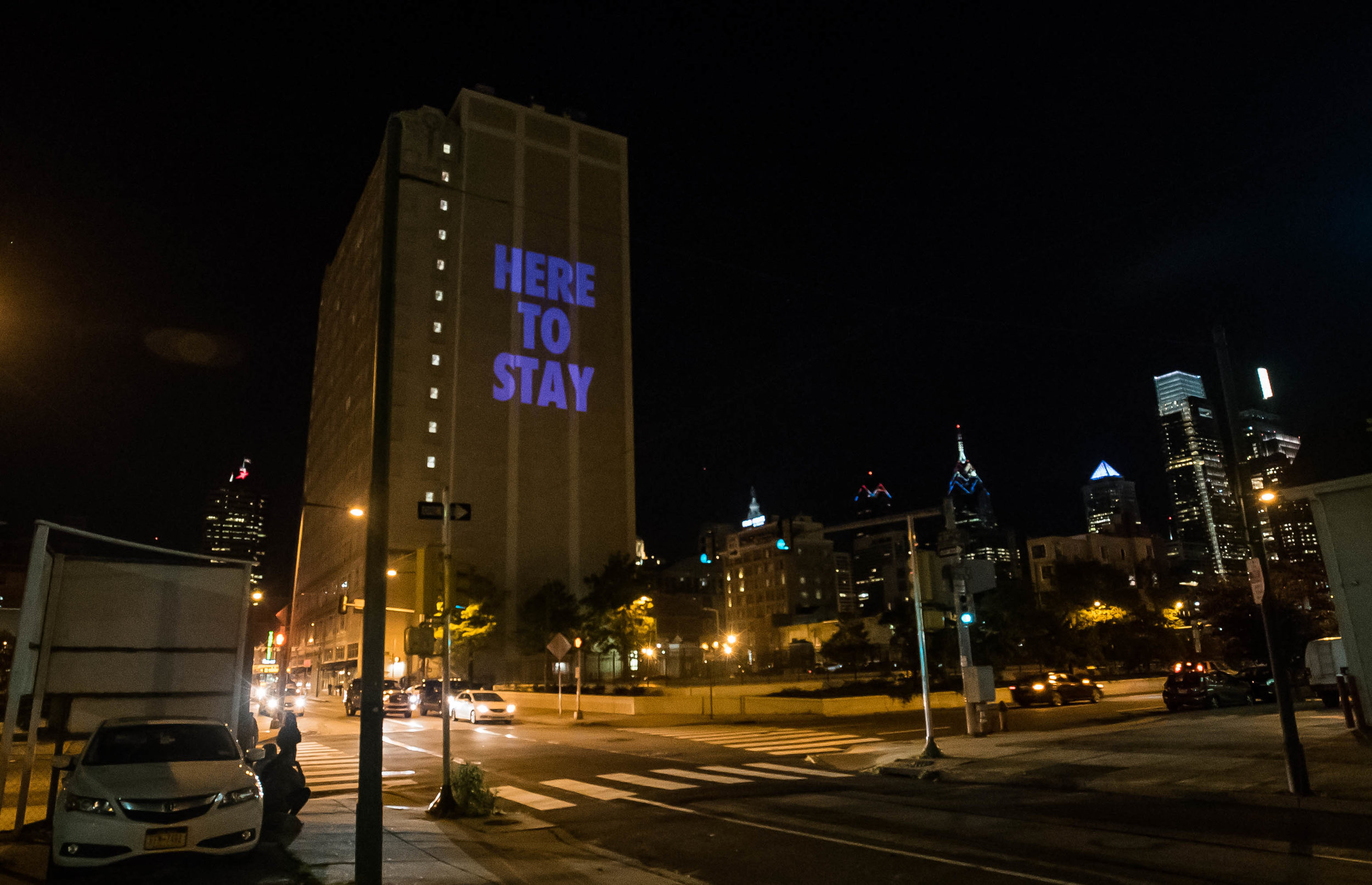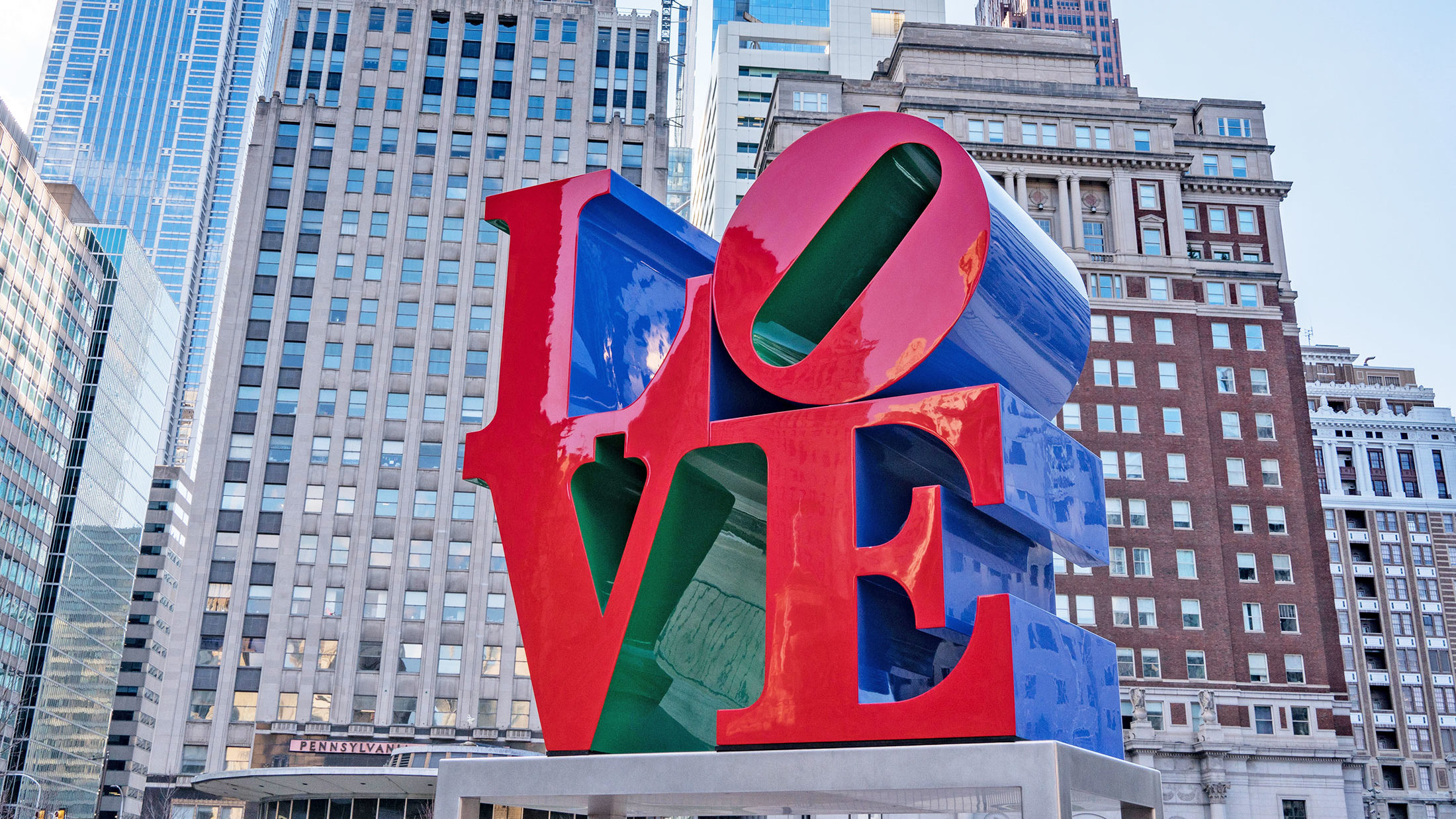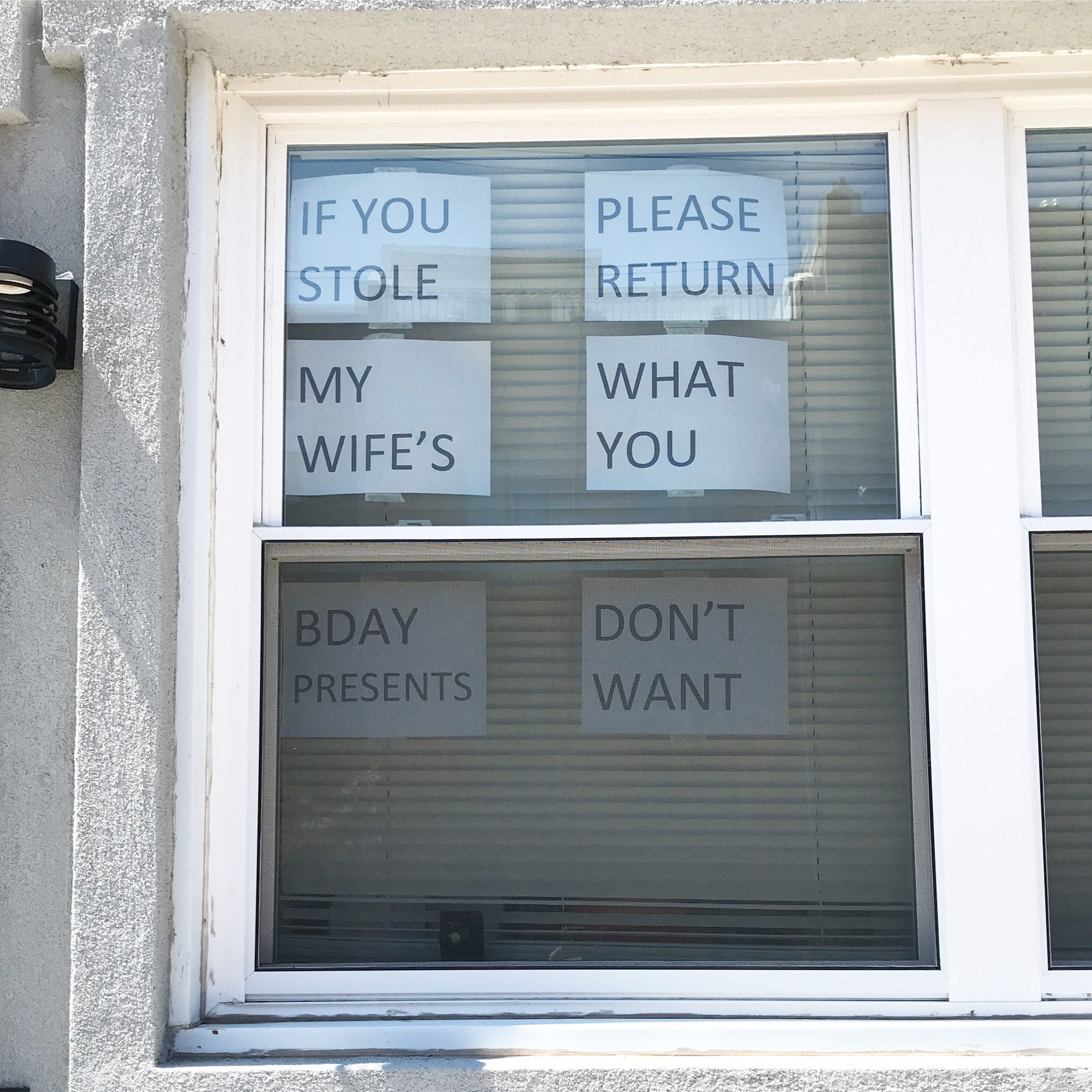The Future is Philadelphia

I love Philadelphia.
I love that when I sing the opening line of the theme song to “The Fresh Prince of Bel Air” at the mention of West Philadelphia, everybody rolls their eyes with exasperation, but if I criticize Will Smith, the same people will make a silent throat-slitting gesture with their middle finger.
During an icebreaker at a conference at City Hall, where I joined a couple dozen commissioners of various interest groups, we were tasked to form small groups with complete strangers to find out what our most obscure commonality was. For example, what if we were all born in April? I mean first of all, WATCH OUT FOR ARIES if that’s the case…But anyway, when I proposed we share our favorite celebrity encounter on the off chance we had one in common, one of the respondents said “Philadelphians don’t give a damn about celebrities. Where are you from?” I lied and said France, I was so embarrassed. The most obscure commonality we ended up sharing was that we’d all spent at least one night in a car. This is what we reported out to the Mayor of the City of Philadelphia.
I love how weird the creative people are here. I especially love how weird the black people are in this city. I use the word weird the way we now use the word queer. It’s delicious. It’s a description of an alternate normal—our alternatives are so normal to us that, in fact, normal is the insult. If you don’t want to be here? Fine. That’s normal. If you ride or die for an obscure sandwich or the Flyers mascot Gritty, you are weird. I feel weird even prefacing Gritty with their provenance. But weird is who stays here.
Philadelphia’s population is majority black (23%–43% black, depending on how you ask the question of racial identification). I love that all of the white people know this and tell me this statistic, as if in contrition for their showing up at the table. Black Philly today is weird, but historically, Philadelphia is the birthplace of African American “normal”—the first AME church, the first black-run newspaper. W.E.B. DuBois’ The Philadelphia Negro was the first sociological study of the plight of the African American. Today’s Philadelphia is uncomfortable with being home to the nation’s oldest, or first or longest standing anything. It’s more important to today’s Philadelphia that you are here now.
I love that the Asian demography in Philadelphia is fiercely working class and even willfully unimpressed by the achievements of other Asian epicenters. Oh, the H Mart in K-Town LA is five acres big and sells fresh ttok made by a Korean princess, is it? Well, do you have a Chinese-Cuban gay man to teach you how to fundraise while he argues over who gets to take home the leftovers after a banquet at Ocean Harbor restaurant?
It is worth noting that Asian Arts Initiative was not founded in the heat of a crisis in the Asian community, but in the storm that brews between us and African Americans. The initiative was proposed by a mixed-race coalition of poets. Our common thread wasn’t just race, or justice, or racial justice, but a recognition of the need to call upon our weirdest people—artists—to speak to our existentialism. I love this Philadelphia.
I qualified the word “weird,” so I’ll also qualify the word “love.”
I know I come off as sarcastic when I tell you I love Philadelphia for the giant and beautiful chip on its shoulder—and p.s. don’t point out a chip on the shoulder of a Philadelphian (ibid. throat slitting gestures). Love can be defensive and cagey. Robert Indiana’s LOVE sculpture, which sits in what remains of eponymous Love Park, is a great visual metaphor for the kind of love I feel for this city. It’s organized a little differently than what the rest of the world is used to. The oblique lettering and stacked arrangement remind me of a crowded elevator. Its bright red is unapologetic in its sincerity, anger, lust. You can’t look at that shade of red too long. It’s not healthy. But it’s honest.

love the tension between embrace and resistance in this city. I love this tribalism—the insularity bordering on exclusionism that no one in New York, Los Angeles or San Francisco can get away with. Once upon a time, maybe, but no more. Maybe in Flushing. Maybe in Oakland. Maybe Long Beach. There are consequences to carpetbagging in Asian enclaves, and that is the virtue of being in a weird city. The tenets of a weird city (or what advertisers call secondary markets), are the tenets of a self-sustained economy, or cottage industry. In these cities and economies, the supplier and the consumer are one and the same: self-sufficient, self-serving. And the fact is, this is undeniably how our whole economy needs to move forward. We can’t care about what the rest of the region, state or country thinks anymore. We need to take care of who is here, now.
Where else would a fundraising vehicle to support businesses hard-hit by COVID-19 beg supporters to “leave us alone”?

Love, like weirdness, multiplies. Traditionally, love multiplies with byproducts and offspring, but in the new and weird future that Philadelphia is poised to model, we multiply by collaborating, by sharing, and working together. I hope that’s what we have to look forward to. Everyone deserves to be weird. Everyone deserves a little Philly.
About the Author
Anne Ishii is the Executive Director of Asian Arts Initiative, a community-based arts organization founded in 1993. She is also a writer and the co-founder of MASSIVE GOODS, an agency and fashion/accessories brand representing queer and feminist art from Japan.